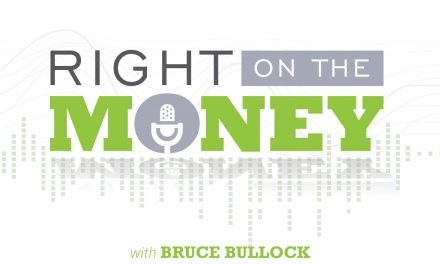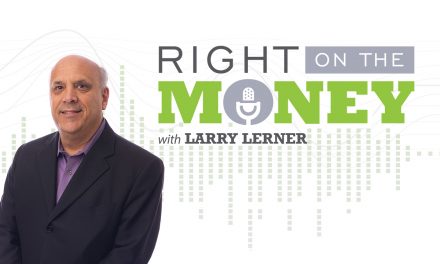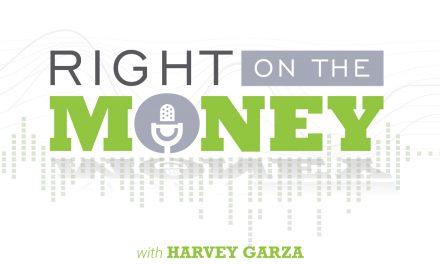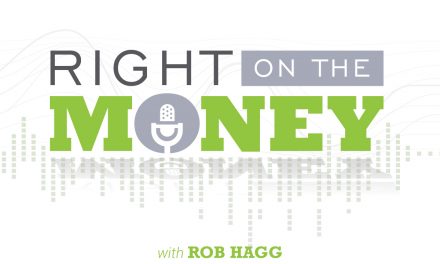Life Insurance is Tax-Free and Non-Qualified Monies
Most retirees think of their retirement income in terms of their qualified plans, such as defined-benefit plans that work like pensions or defined-contribution plans that work like 401(k)s. But you need non-qualified monies for strategic and tactical planning in retirement to maximize your income and minimize your taxes so you can keep more of your money.
Cash-value life insurance is a non-qualified asset and can generate non-reportable income—it can be a retirement plan in itself. But more and more, it’s being used in strategic- and tactical- planning scenarios to generate more net spendable income. Why? Because it’s not what you make, it’s what you can keep that matters most in retirement. Watch the interview with retirement consultant Bruce Bullock as he discusses the uses of tax-free cash-value life insurance for retirement.
Cash-value life insurance is not under the jurisdiction of ERISA, so there’s no pre-penalty for accessing your cash before age 59½ or required minimum distributions (RMDs) at age 70½. There are generally no contribution limits, but there may be death benefit justification limitations. But for most retirees, death benefit limitations are generally not an issue. The contributions are not tax-deductible, but the policy earnings grow tax deferred and can be accessed via withdrawals to basis and collateralized policy loans of gain tax-free proviso if that contract is a non-modified endowment contract and kept in force for the life of the policy insured.
Collateralized policy loan distributions are not reportable as income, so they are not subject to the provisional income test to determine Social Security benefit taxation. Any remaining balance at the death of the policy insured passes on to the policy beneficiaries tax-free in most estates-transfer situations.
Cash-value life insurance can be used as tactical tool in retirement. For instance, seniors who want to retiree at age 62, but want to defer their Social Security to age 70 to maximize their benefits, use their life insurance policy loans as income during that period. Some seniors may also use life insurance policy loans in tandem with their RMDs for more combined income without accessing more of the qualified monies to keep their taxes in check.
Policy loans from cash-value life insurance combined with equity home loans and Roth IRAs can potentially generate tax-free income from all three sources and are not includable in the provisional income test to determine Social Security benefit taxation. If managed correctly, all four retirement sources could actually generate a tax-free retirement if no other reportable income is made. That’s a retiree’s ultimate fantasy in their golden years.
Syndicated financial columnist Steve Savant interviews retirement consultant Bruce Bullock creating a tax advantaged retirement. Right on the Money is a weekly financial talk show for consumers, distributed as video press releases to 280 media outlets nationwide.





